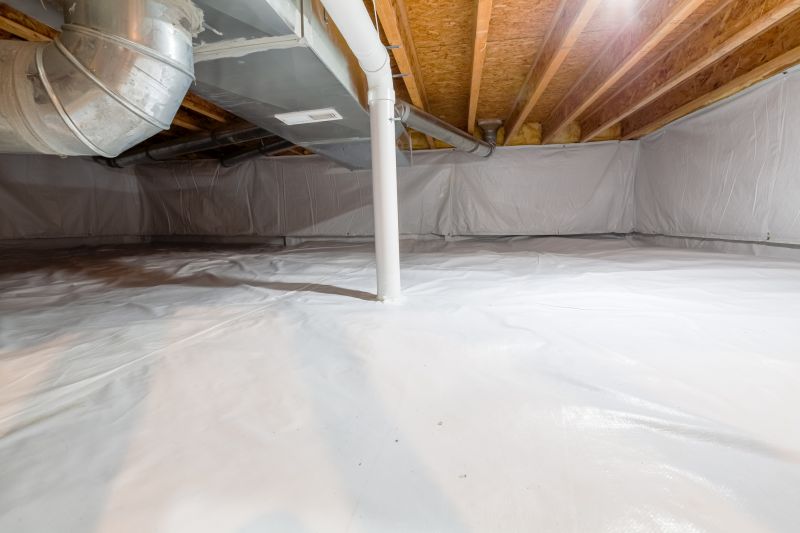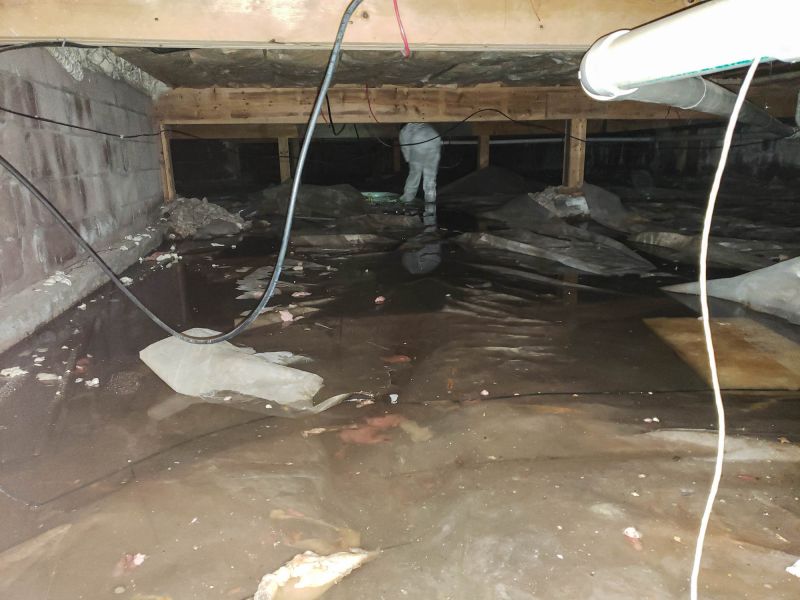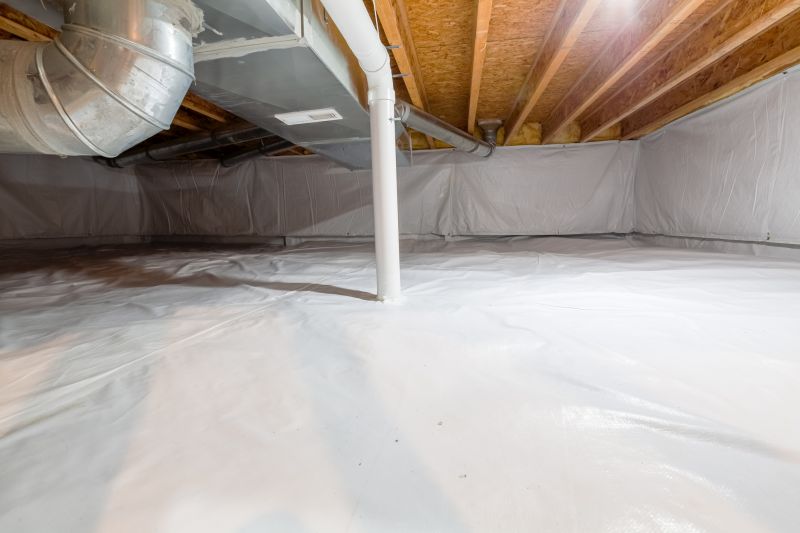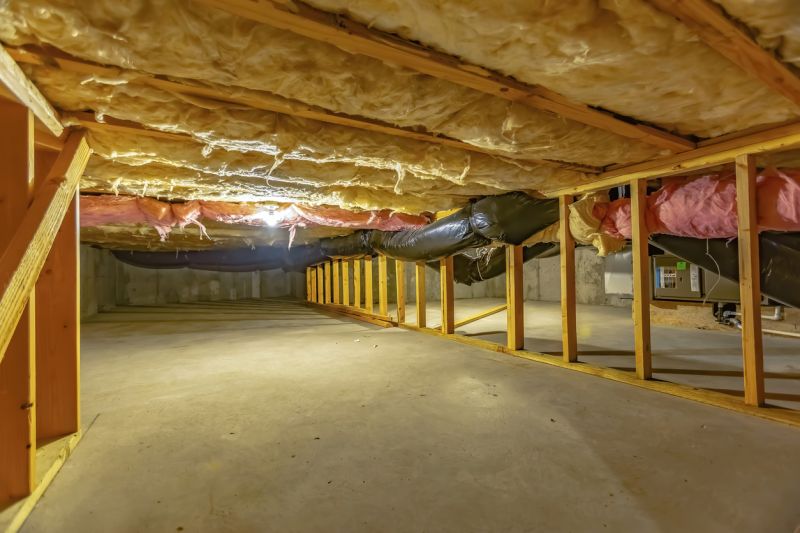Improve Home Stability with Expert Crawlspace Encapsulation
Crawlspace encapsulation involves sealing and insulating the crawlspace area beneath a building to prevent moisture intrusion, improve air quality, and enhance energy efficiency. Proper encapsulation can significantly reduce the risk of mold growth, wood rot, and pest infestations, contributing to a healthier indoor environment.
Encapsulation effectively prevents moisture from seeping into the crawlspace, reducing the risk of mold and structural damage caused by excess humidity.
Sealing the crawlspace helps maintain consistent indoor temperatures, lowering energy costs by reducing heating and cooling demands.
Reducing mold and dust from the crawlspace minimizes airborne contaminants, leading to healthier indoor air.
A sealed crawlspace deters pests such as rodents and insects from entering and nesting.




Failure to encapsulate a crawlspace can lead to increased moisture levels, which promote mold growth, wood decay, and pest infestations. These issues can compromise structural integrity and indoor air quality, potentially resulting in higher energy bills and costly repairs. Statistics indicate that homes with unsealed crawlspaces experience up to 50% more humidity and have a higher incidence of mold-related health problems.
| Benefits of Crawlspace Encapsulation | Risks of Not Encapsulating |
|---|---|
| Reduces mold growth | Increases moisture and mold risk |
| Enhances energy efficiency | Leads to higher energy costs |
| Improves indoor air quality | Allows pests and dust to enter |
| Prevents wood rot and decay | Causes structural damage over time |
| Decreases pest infestations | Encourages pest nesting and entry |
| Maintains consistent indoor temperatures | Results in temperature fluctuations |
| Protects structural integrity | Potential for costly repairs |
Interested in enhancing your home's protection and efficiency? Fill out the contact form today to receive a detailed quote for crawlspace encapsulation services.
